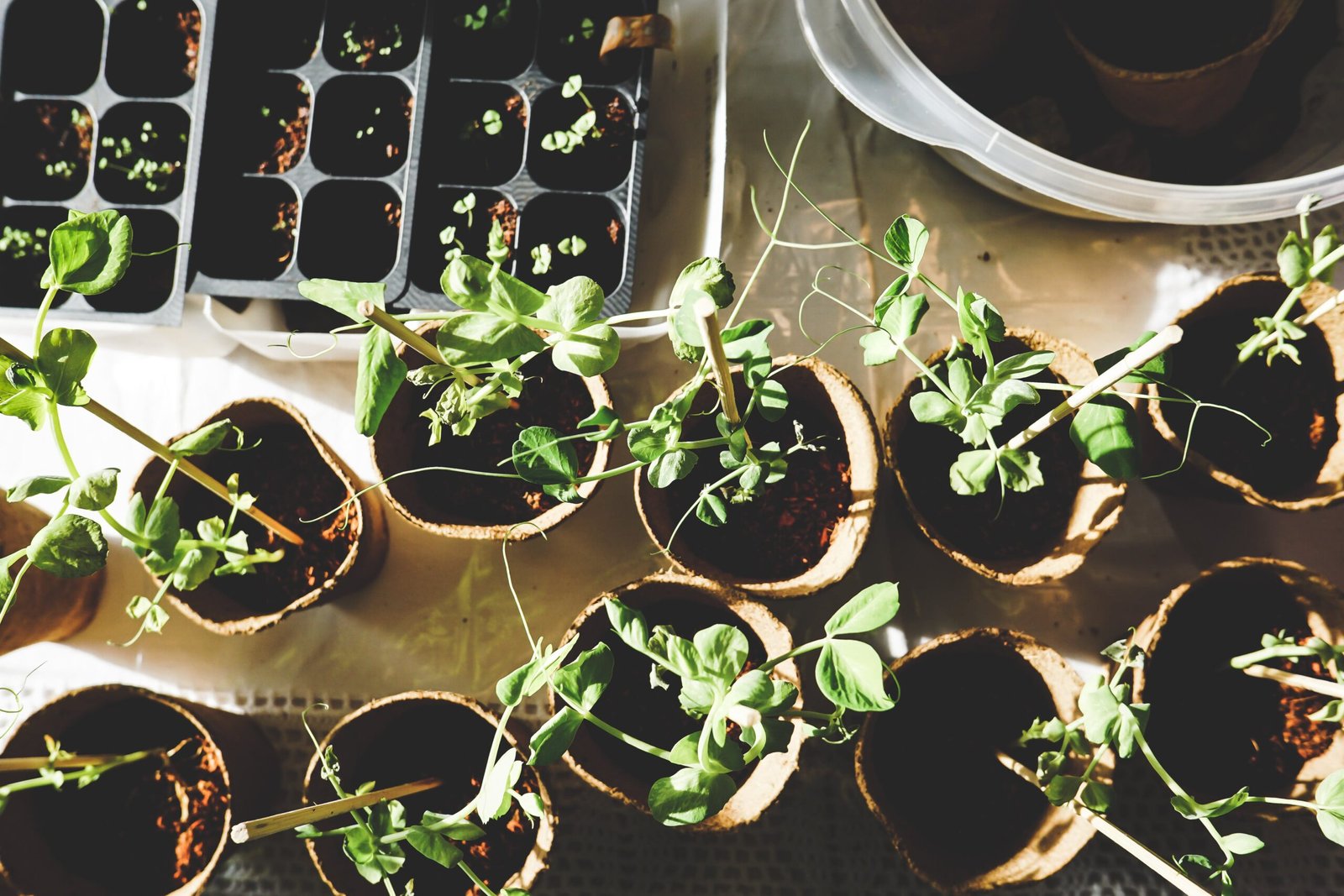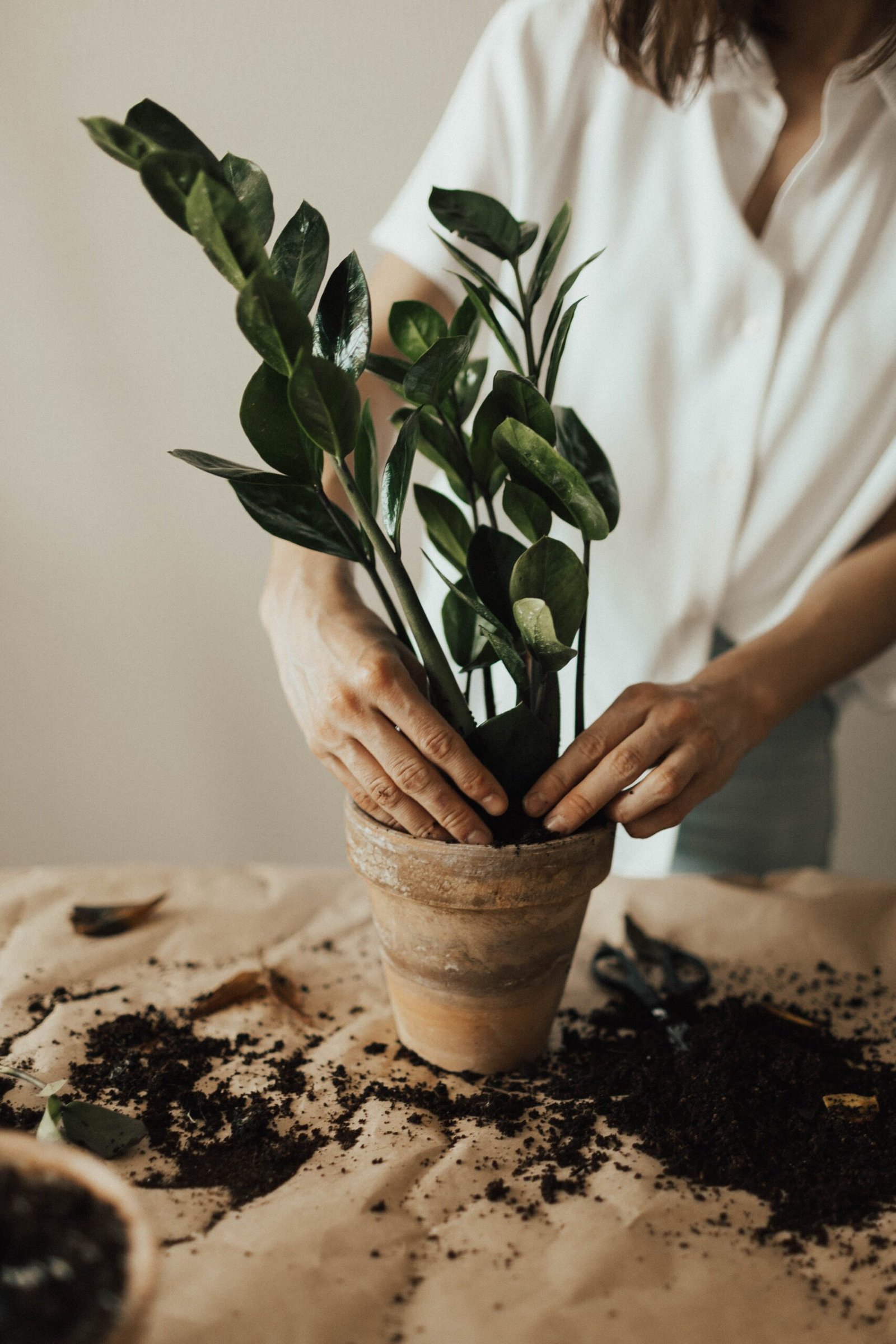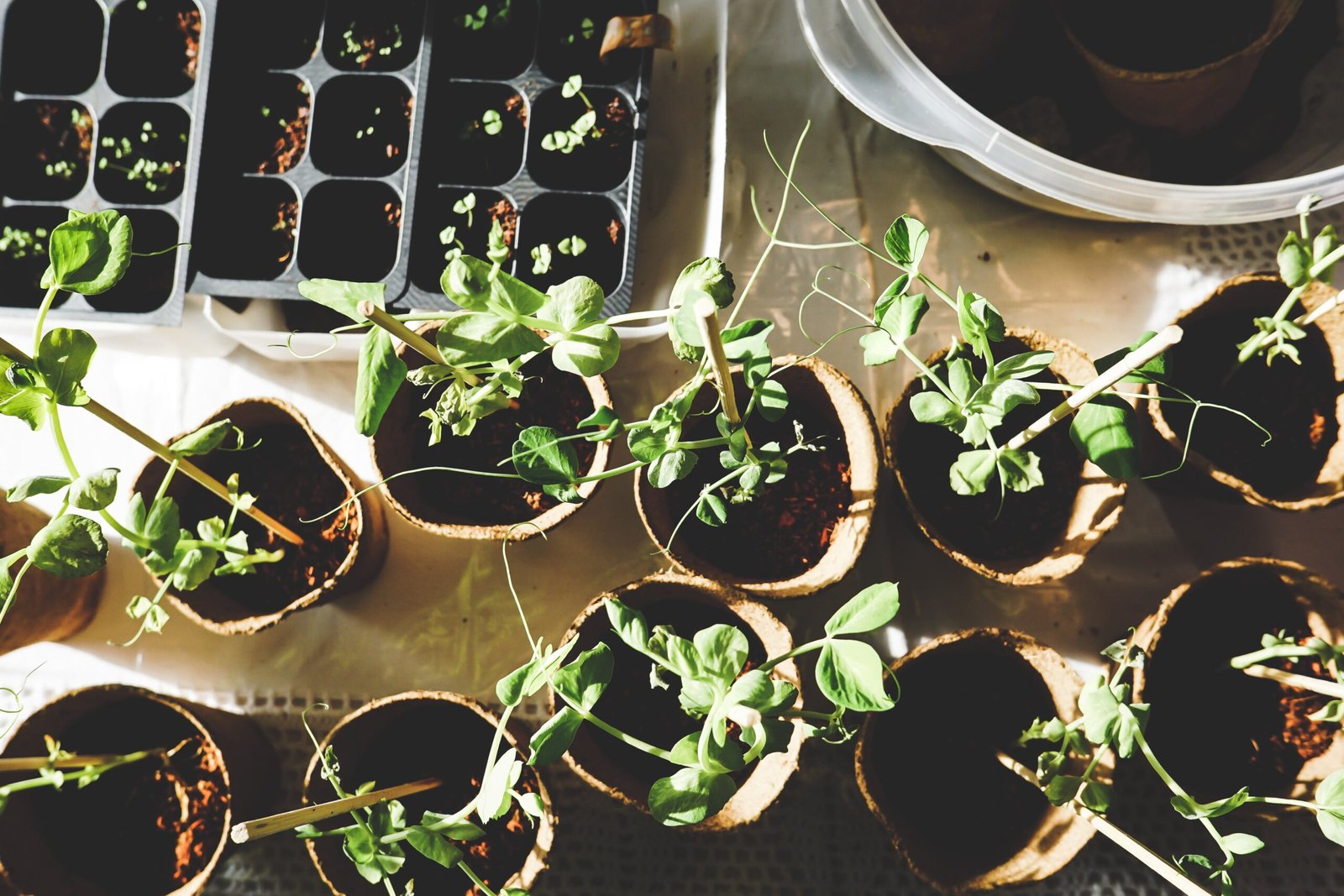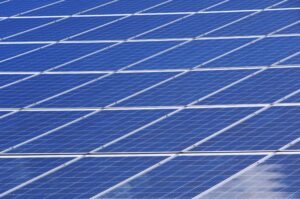Imagine transforming your ordinary rooftop into a vibrant oasis filled with lush greenery and blooming flowers. In this article, discover the secrets to building and maintaining a green roof or garden that is not just aesthetically pleasing, but also beneficial for the environment. From selecting the right plants to ensuring proper drainage, we’ll guide you through the steps to create your very own slice of paradise above the concrete jungle. Get ready to embrace nature and bring life to your rooftop in the most eco-friendly way possible.
- Choosing the Right Location
- Selecting the Suitable Plants
- Preparing the Roof or Garden
- Installing the Growing Medium
- Planting and Establishing Vegetation
- Implementing Irrigation Systems
- Providing Adequate Drainage
- Maintaining the Green Roof or Garden
- Managing Stormwater Runoff
- Sustainable Maintenance Practices
Choosing the Right Location
When it comes to building a green roof or garden, choosing the right location is key. The first factor to consider is sunlight exposure. Assess the area and determine how much sunlight the roof or garden receives throughout the day. Ideally, you want a location that gets at least six hours of direct sunlight daily. This ensures that your plants will have enough light to thrive.
Another important aspect to consider is the structural support of the building. Green roofs and gardens can add weight to a structure, so it’s crucial to evaluate whether the building can handle the additional load. Consult with a structural engineer or architect to ensure that your roof or garden is properly supported.
Lastly, evaluate the drainage system in the chosen location. Green roofs and gardens require proper drainage to prevent waterlogging and potential damage to the structure. Make sure there are adequate drainage outlets in place and that the slope of the roof or garden promotes water runoff.
Selecting the Suitable Plants
Choosing the right plants for your green roof or garden is essential for its success. Start by researching indigenous plants that are well-suited to your climate and the specific conditions of your location. These plants are naturally adapted to the local environment and have a higher chance of thriving.
Consider planting a diverse range of plants to create a more resilient and visually appealing space. Different plant species have varying needs and strengths, which can help to balance the ecosystem and provide habitat for beneficial insects and wildlife.
To ensure water efficiency, select drought-tolerant plant species. These plants are adapted to survive with minimal water requirements, making them ideal for green roofs and gardens. By choosing plants that can withstand periods of drought, you can minimize the need for excessive watering and conserve water resources.

Preparing the Roof or Garden
Before you start planting, it’s crucial to properly prepare the roof or garden to create an optimal growing environment. Begin by testing the pH of the existing soil. Different plants thrive in different pH levels, so it’s important to adjust the soil accordingly. If the pH level is not suitable for the chosen plants, you may need to amend the soil by adding organic matter or adjusting the pH levels with appropriate amendments.
Next, create a drainage layer to ensure excess water can freely drain from the roof or garden. This layer consists of materials such as gravel or clay pebbles and helps to prevent waterlogging, which can lead to root rot and plant stress. A well-designed drainage layer promotes healthy plant growth and prevents water from accumulating on the roof or in the garden.
To protect the structure from potential water damage, add a waterproof membrane to the roof or garden. This membrane acts as a barrier, preventing water from seeping through and causing leaks. It is essential for green roofs, as they are directly exposed to the elements. By installing a waterproof membrane, you can ensure the longevity and integrity of your green roof or garden.
Installing the Growing Medium
The growing medium, also known as the substrate, is the material in which your plants will grow. When selecting a growing medium for your green roof or garden, it’s important to choose one that is lightweight to avoid excessive weight on the structure. Lightweight growing media typically consist of a blend of organic matter, such as compost or coconut coir, and inorganic materials like perlite or vermiculite. This combination provides a balance of water retention and drainage.
Ensure that the growing medium has an optimal depth for your plants to establish their root systems. The depth of the growing medium should be at least 4 to 6 inches to allow for sufficient root growth and water retention. Adequate depth is crucial for the health and stability of your plants.
Avoid using compacted soil as a growing medium, as it hinders root growth and water movement. Compacted soil can restrict the flow of air and water, leading to poor plant health. Instead, focus on creating a loose and well-draining growing medium that allows for proper air circulation and root development.

Planting and Establishing Vegetation
Once your roof or garden is prepared, it’s time to plant the selected species. Follow the planting guidelines provided for each plant, taking into account factors such as spacing, depth, and watering requirements. Properly planting your vegetation sets a strong foundation for growth and ensures their successful establishment.
Provide sufficient water to your newly planted vegetation. Watering needs will vary depending on the plant species, weather conditions, and time of year. Monitor the moisture levels regularly and adjust your watering schedule accordingly. Avoid overwatering, as it can lead to waterlogging and root rot. Maintaining an optimal moisture balance is crucial for the health and survival of your plants.
In addition to watering, consider applying organic fertilizers to provide essential nutrients for plant growth. Organic fertilizers promote healthy soil life and improve soil fertility without the use of harmful chemicals. Apply fertilizers according to the specific requirements of your plants and remember to follow the recommended dosage to prevent overfertilization.
Implementing Irrigation Systems
To ensure efficient water use and minimize water waste, it is important to implement an appropriate irrigation system for your green roof or garden. Selecting the right irrigation method depends on factors such as the size of the area, plant water requirements, and available water resources.
One effective irrigation method for green roofs and gardens is drip irrigation. This system delivers water directly to the plant’s root zone, minimizing water loss due to evaporation and ensuring efficient water use. Drip irrigation also allows for precise control over water delivery, which is especially beneficial when watering plants with different water needs.
Consider incorporating rainwater harvesting into your irrigation system. This sustainable practice involves collecting rainwater runoff and storing it for later use in watering your plants. By utilizing rainwater, you can reduce your reliance on municipal water sources and conserve this valuable resource.

Providing Adequate Drainage
Proper drainage is essential to prevent water accumulation and potential damage to your green roof or garden. To ensure adequate drainage, it is important to add drainage outlets to your roof or garden. These outlets provide an exit point for excess water to escape, preventing waterlogging and root rot.
In addition to drainage outlets, installing a layer of gravel can further promote water drainage. The gravel allows water to flow freely while providing support for the growing medium. This layer acts as a buffer, preventing the plants’ roots from being in direct contact with standing water.
Optimizing the slope of your green roof or garden is also important for efficient water runoff. A slight slope promotes the natural flow of water, allowing it to move away from the plants and prevent waterlogging. Consider the overall design and layout of your green roof or garden to ensure water runoff is properly managed.
Maintaining the Green Roof or Garden
Regular maintenance is essential for the health and longevity of your green roof or garden. Regularly inspect for pests and diseases that may affect your vegetation. Early detection allows for prompt intervention and prevents the spread of pests or diseases. Utilize organic pest control methods whenever possible to minimize the use of harmful chemical pesticides.
Trim and maintain plant growth to ensure your green roof or garden remains tidy and well-maintained. Pruning helps shape the plants, encourages healthy growth, and prevents overcrowding. Regularly remove any dead or diseased plant material to preserve the overall health of your green space.
Monitor moisture levels in your green roof or garden to ensure that your plants receive adequate hydration. Balance is key, as both overwatering and underwatering can be detrimental to plant health. Use a moisture meter or conduct regular visual inspections to assess the moisture level in the growing medium and adjust your watering schedule accordingly.
Managing Stormwater Runoff
Integrating green roofs and gardens into urban environments can help manage stormwater runoff and reduce the strain on municipal drainage systems. By implementing strategies to manage stormwater, you can contribute to a more sustainable and environmentally friendly community.
Consider using rain barrels or cisterns to collect rainwater runoff from your green roof or garden. These containers can be connected to your irrigation system, providing a sustainable water source for your plants. Rainwater harvesting reduces the demand for potable water and reduces the strain on municipal water supplies.
Implement permeable surfaces in your green roof or garden design. Permeable surfaces allow rainwater to infiltrate the ground instead of running off. This reduces stormwater runoff and helps replenish groundwater supplies. Options for permeable surfaces include porous pavers, gravel, or permeable concrete.
Integrate your green roof or garden with existing drainage systems to optimize stormwater management. Consult with a professional to ensure that the integration is done correctly and effectively. By working with the existing infrastructure, you can maximize the benefits of your green roof or garden in managing stormwater runoff.
Sustainable Maintenance Practices
To maintain a truly sustainable green roof or garden, it is important to adopt environmentally friendly maintenance practices. Avoid the use of chemical pesticides and herbicides, as they can harm beneficial insects and pollute the surrounding ecosystem. Instead, opt for organic pest control methods, such as companion planting or introducing beneficial insects.
Utilize organic weed control methods to manage unwanted vegetation. Mulching is an effective technique to suppress weeds, conserve soil moisture, and improve soil health. Apply a layer of organic mulch, such as wood chips or straw, around your plants to smother weeds and provide additional nutrients as it decomposes.
Promote biodiversity in your green roof or garden by planting a variety of native plants. Native plants support local wildlife and create a more resilient ecosystem. They are adapted to the local climate and require less maintenance, making them an excellent choice for green roofs and gardens.
By implementing these sustainable maintenance practices, you can create a thriving green roof or garden that not only benefits your immediate surroundings but also contributes to a healthier and more sustainable planet.
In conclusion, building and maintaining a green roof or garden requires careful consideration of various factors such as location, plant selection, preparation, installation, irrigation, drainage, maintenance, stormwater management, and sustainable practices. By following these comprehensive guidelines, you can create and nurture a vibrant and eco-friendly space that brings beauty and environmental benefits to your home or building. Embrace the opportunity to make a positive impact on the environment and enjoy the numerous rewards of a green roof or garden.







